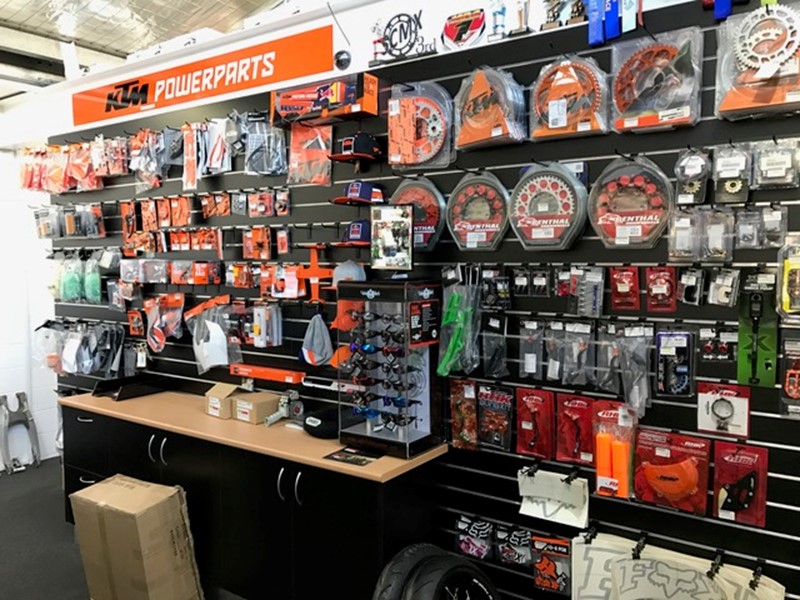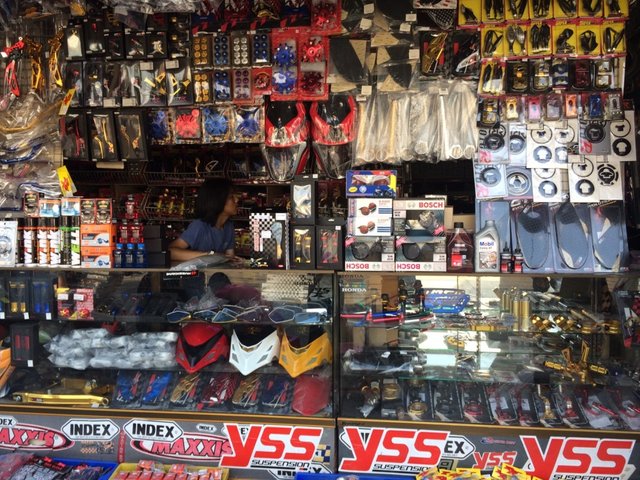Understanding Bike Gears: Exactly How to Enhance Your Riding Experience
In the world of motorcycling, understanding the art of gear manipulation is essential for improving your riding performance. Correctly making use of and comprehending motorbike gears can significantly influence control, gas, and velocity effectiveness, transforming an ordinary experience into a smooth, exhilarating trip. By integrating precise change timing and adapting equipment choice to various roadway conditions, cyclists can make sure optimal engine efficiency and security. The subtleties of clutch control, throttle sychronisation, and gear auto mechanics beckon a much deeper exploration, guaranteeing to unlock the complete potential of your maker. How can these methods be harnessed to really maximize your riding experience?
Recognizing Gear Mechanics
At the core of bike characteristics, equipment mechanics play an essential duty in converting engine power into motion, ultimately dictating rate and control. The gear ratios, very carefully made, establish the partnership in between engine transformations and wheel turns, influencing acceleration and fuel performance.
Understanding equipment auto mechanics begins with acknowledging the value of the transmission, which houses numerous equipments of varying sizes. These equipments communicate via a procedure known as meshing, where teeth of various gears involve to transmit power.
Additionally, the concept of equipment changing is essential to making best use of performance. Smooth and prompt changes guarantee that the engine runs within its optimum power band, preventing unnecessary stress and boosting longevity (motorcycle parts nz). By understanding these mechanical details, cyclists can accomplish an unified blend of power, control, and performance, boosting their riding experience
Timing Your Changes
Shift timing mastery is vital for maximizing bike efficiency and boosting the riding experience. Effectively timed changes ensure that the engine operates within its optimal power band, which is important for preserving control, attaining smooth acceleration, and making sure the long life of the bike. Bikers should establish an instinctive sense of when to shift gears, which entails understanding the relationship between engine transformations per min (RPM) and rate.
To grasp shift timing, pay close interest to the engine's sound and really feel, as these give essential hints regarding when to change gears. When the engine comes close to the upper array of its power band without getting to the redline, the perfect change factor normally happens - motocross gear. Shifting too early can bring about a lack of power, while shifting far too late may create unneeded engine pressure
Furthermore, road problems and riding style impact shift timing. As an example, in city settings, smoother and much more frequent shifts may be essential to browse web traffic efficiently. In contrast, throughout highway riding, less shifts at greater rates can be better. Practicing in different environments will certainly improve your capacity to time shifts exactly, ultimately raising your riding experience to a professional degree.
Enhancing Gas Efficiency
While mastering motorbike gears is critical for performance, boosting gas effectiveness is similarly crucial for both financial and environmental reasons. Optimal fuel intake not only lowers operational expenses yet also reduces the ecological footprint of riding. To achieve this, one have to understand the detailed relationship in between equipment selection and engine efficiency.
To start with, selecting the ideal gear at suitable speeds can considerably affect fuel usage. Riding in a higher gear at reduced rates can mens leather motorcycle gloves lead to engine lugging, which is harmful to both fuel economic climate and engine health. Conversely, riding in lower equipments at broadband causes unnecessary fuel usage. Therefore, preserving an optimum balance by shifting gears in alignment with road conditions and anticipated maneuvers is important.
Furthermore, regular upkeep plays a pivotal duty in fuel performance. Guaranteeing that the bike is well-tuned, with tidy air filters and effectively pumped browse around here up tires, can reduce and enhance aerodynamics gas wastefulness. Embracing a riding style that embraces gradual acceleration and smooth slowdown can add to better gas economic situation.

Methods for Smooth Transitions
Accomplishing smooth gear changes is fundamental to boosting the riding experience and guaranteeing the durability of a motorbike's transmission system. Proper equipment moving not only adds to a smooth adventure however also lessens deterioration on the mechanical components. To master the art of smooth changes, motorcyclists need to concentrate on a few vital techniques.

Second of all, clutch control plays a crucial function. Engaging and disengaging the clutch smoothly needs practice. The clutch lever ought to be launched progressively, permitting a seamless transfer of power from the engine to the wheels without triggering a jolt or sudden movement.

Adjusting to Roadway Conditions
Browsing varied roadway conditions is a vital skill for any kind of motorcyclist intending to keep control and safety. Whether you're riding home on damp surface areas, crushed rock roadways, or browsing sharp turns, your ability to adjust your equipment usage and riding technique is paramount. Recognizing how to adjust your gears suitably can considerably influence traction and security, ensuring a safer journey.
In contrast, when riding on crushed rock or irregular surface, lower gears are preferable. Reduced equipments supply better control and enable you to respond more promptly to unforeseen adjustments in the road surface area.
Sharp contours demand specific gear administration to stabilize speed and control. Downshifting before getting in a curve can help keep energy while guaranteeing the motorcycle continues to be steady throughout the turn. Consistent technique in different problems boosts your capacity to forecast and react to adjustments in roadway structure and incline.
Verdict
Grasping motorcycle gears significantly improves the riding experience by enhancing control, acceleration, and fuel efficiency. A comprehensive understanding of gear mechanics and specific shift timing makes certain the engine operates within its optimum power band, while smooth transitions with effective clutch and throttle control rise convenience and efficiency. Adjusting equipment selection to different roadway problems, such as utilizing greater gears on wet surfaces and reduced gears on gravel, more enhances handling and safety and security. Ultimately, these abilities elevate the overall trip.
Comprehending gear technicians starts with acknowledging the importance of the gearbox, which houses numerous gears of varying dimensions. These gears communicate via a process understood as meshing, where teeth of different equipments involve to transmit power (mx gear nz). Mild changes to the throttle throughout gear changes can protect against jerky activities and keep a regular riding rate
Whether you're riding on damp surface areas, crushed rock roads, or navigating sharp turns, your capability to adapt your equipment usage and riding strategy is critical. Adjusting gear selection to various roadway problems, such as making use of greater gears on damp surfaces and reduced gears on crushed rock, additional boosts handling and safety.